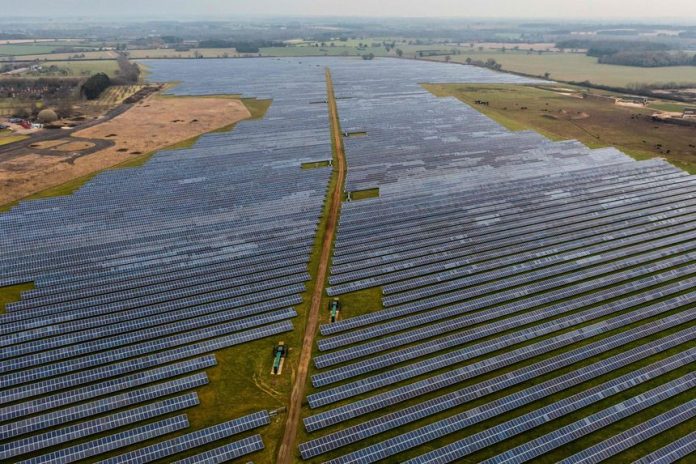A billion here, a billion there, and soon you’re talking about real costs from politicians’ headlong rush toward net zero carbon emissions. United Kingdom households received a reminder of this truth recently with the latest data on how renewables drive up their energy bills.
The British electric-grid operator spent £4.2 billion in 2022 balancing supply and demand on the network, a record amount. This works out to £150 per household, according to the Nuclear Industry Association, the lobbying group that crunched the numbers based on data released by National Grid.
These charges arise because with current technology it’s impossible to store large amounts of electricity for long. The grid must balance supply and demand on a minute-by-minute basis, and the task becomes urgent and costly as renewables take up a greater share of installed generation. Whenever the wind isn’t blowing or the sun isn’t shining—which is often in northern Europe—the grid operator must rack up high fees buying emergency power from conventional generators.
These balancing costs constitute a growing burden on British households and businesses that already have seen their bills skyrocket by up to 230% over the past year, prompting the government to step in with as-yet incalculable subsidies to reduce the amount people must actually pay. The annual balancing cost was about £1.2 billion as recently as 2019.
Politicians claim renewables enhance energy security, but escalating balancing costs tell a different story. This is a monetary measure of how unreliable renewable supply is, and how much consumers have to spend to keep the lights on. It’s an additional punch in the pocketbook to inflation-beleaguered households after so much of their tax money has gone to subsidize the installation of new windmills and solar panels. And that assumes the lights even stay on as net-zero mandates escalate.
The Real Price of Wind and Solar
Source:WSJ






